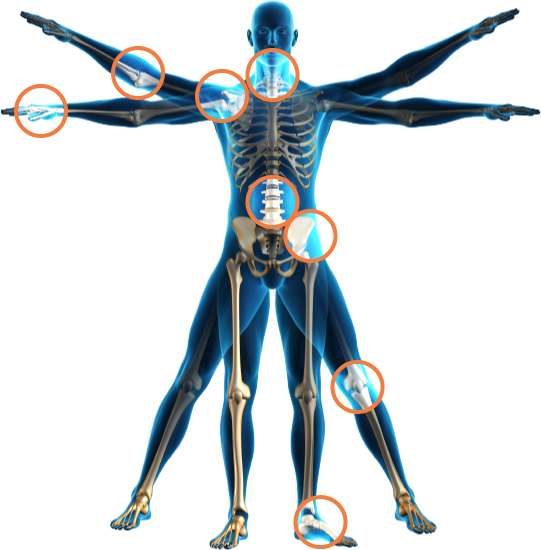A chiropractor is trained to detect poor posture and its underlying reasons. Unhealthy posture can indicate problems with the spine or nervous system. It is important to discover the reason for poor posture and to treat the problem before further health issues arise.
 A common posture problem is forward tilt of the pelvis. The body’s weight shifts forward, causing excessive curvature and muscle weakness. This can cause chronic lower back and muscle pain, sciatica, leg weakness and circulation problems in the lower extremities. Premature spinal arthritis of the joints and discs can develop.
A common posture problem is forward tilt of the pelvis. The body’s weight shifts forward, causing excessive curvature and muscle weakness. This can cause chronic lower back and muscle pain, sciatica, leg weakness and circulation problems in the lower extremities. Premature spinal arthritis of the joints and discs can develop.
Chiropractic treatment can address health issues caused by forward tilt of the pelvis and other posture problems. A chiropractor may use spinal manipulation to realign the pelvis and prevent it from tipping. Myofascial therapy can alleviate trigger points (areas of tenderness in the muscles). Stretching exercises may be prescribed to help reduce muscle tension and pain.
Research has shown that poor posture can lead to further health problems. Take good care of your spine and attend to any painful areas early on. A chiropractor can teach you how to maintain a healthy posture, so that you can protect your back while you sleep, exercise and work.
Children
Why would a child have a spine and nervous system problem? Traumatic births. Learning to walk. Slips. Falls. The list is endless. Yet, because children have such an adaptive capacity, these problems are often brushed off as “growing pains” or just a “phase they’re going through.”
“As the twig is bent, so grows the tree.”
Many research projects show chiropractic care being helpful for colic, ear infections, erratic sleeping habits, bedwetting, scoliosis, “growing pains” and many other common childhood health complaints.
The concern that many parents have is that chiropractic adjustments will be too forceful. They mistakenly think that their child will receive adjustments like ones they receive. Not only are adjusting techniques modified for each person’s size and unique spinal problem, an infant’s spine rarely has the long-standing muscle tightness seen in adults. This makes a child’s chiropractic adjustments gentle, comfortable and effective.
Knowing exactly where to adjust, newborns and infants are adjusted with no more pressure than you’d use to test the ripeness of a tomato. Many parents have commented that they see almost instant improvements in the well-being of their child.

Recent Comments